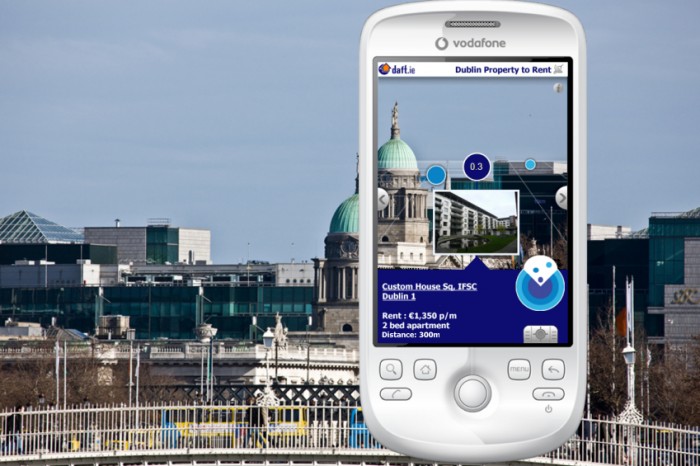

MOBILE AUGMENTED REALITY SYSTEM (MARS)
AR systems are studied for over 20 years. With smartphone and wearable communication and information technologies (ICT) are ubiquitous, mobile AR systems (MARS) open various opportunities for users to experience and interact with physical location information on the move (Kourouthanassis, Boletsis, Bardaki, & Chasanidou, 2015)
 Layar
Layar
current MARS use highlights:
A relationship of friendship or intimacy by a television viewer with a remote media character It is based on affective ties by the viewer with the media character. As such it may take the form of seeking guidance from the characters, making friends with them and imagining being part of the program’s social world (Michael Antecol, as cited in Orlik, 2015).
Theoretical Framework